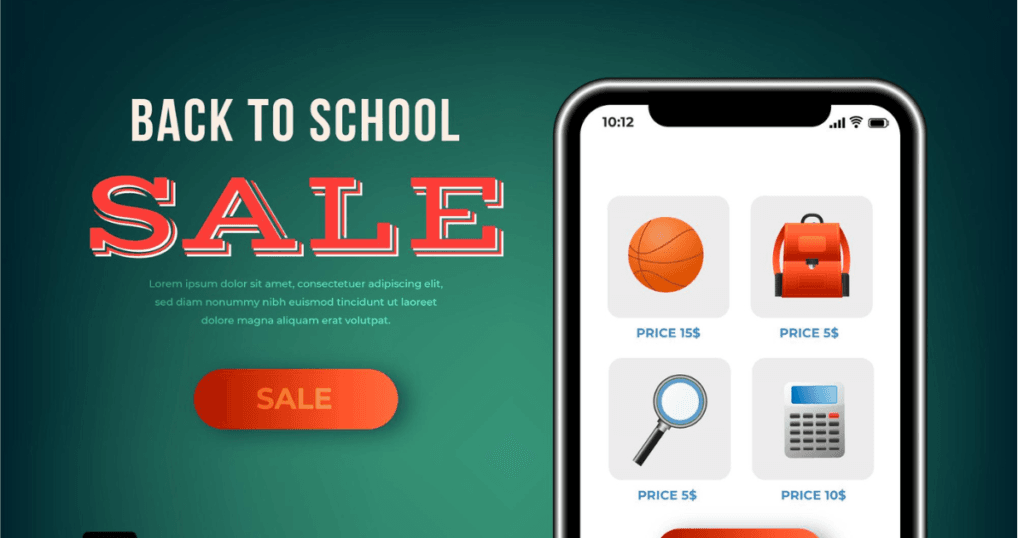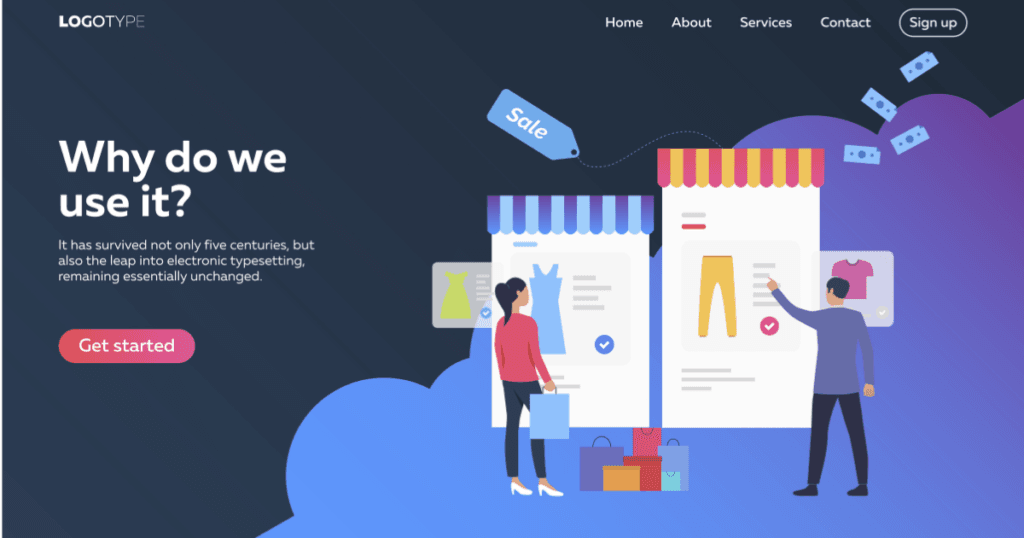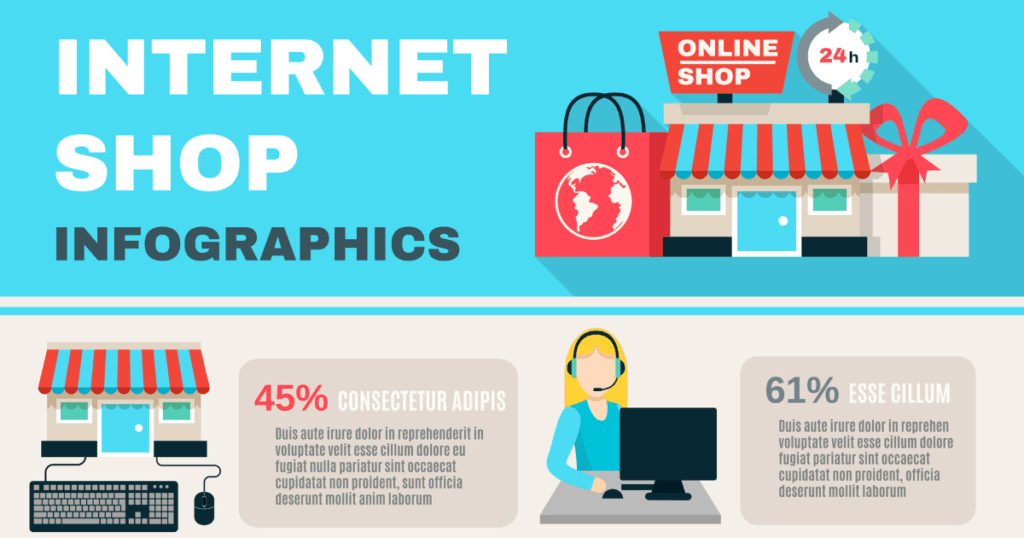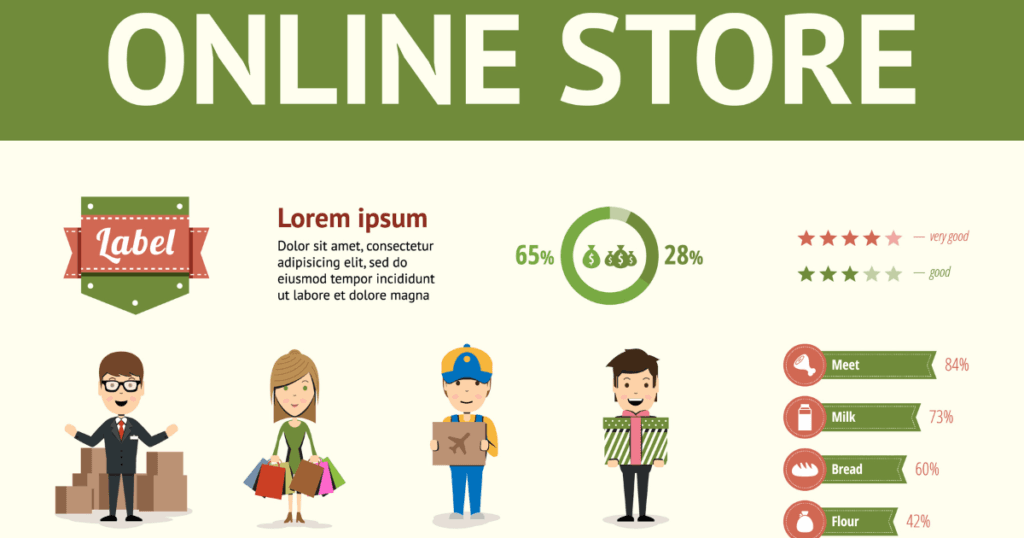Your e-commerce website isn’t just a place to display products—it’s a vital touchpoint in the customer journey. In the competitive landscape of e-commerce website design USA, a well-crafted site can be the key to building trust, driving conversions, and ensuring your online business thrives.
Creating First Impressions That Last
Think of your website as a digital storefront. Just as a cluttered, dimly-lit store would turn customers away, a poorly designed website can leave visitors frustrated and unimpressed. With E-commerce Website Design USA, a sleek, user-friendly design immediately communicates professionalism and credibility. In the fast-paced world of online shopping, you have only seconds to make an impression—make it count with E-commerce Website Design USA.
Boosting Conversions Through E-commerce Website Design USA
Here’s the revised description with the keyword “E-commerce Website Design USA” added twice:
The way your E-commerce Website Design USA looks and functions directly affects sales. If visitors find your site difficult to navigate, they’re more likely to abandon it and shop elsewhere. On the other hand, an intuitive, visually appealing E-commerce Website Design USA keeps customers engaged, encouraging them to browse longer and complete purchases.
Table of Contents
The Role of User Experience (UX) in E-commerce
What Is UX, and Why Is It Crucial?
User Experience (UX) refers to how users interact with your website. A good UX ensures that visitors can easily navigate your site, find the products they’re looking for, and complete transactions without frustration. It’s the digital equivalent of a well-organized store with helpful staff.
Key Elements of Good UX in E-commerce
- Simple Navigation: Clear menus and logical categories help users find what they need quickly.
- Fast Loading Times: Pages that load in under three seconds keep visitors engaged.
- Mobile Optimization: With mobile shopping on the rise, your site must perform flawlessly on smaller screens.
- Accessible Design: Ensure your site is usable for people with disabilities by following accessibility guidelines.

Mobile Optimization: A Game-Changer
The Mobile Shopping Boom
In the USA, over 70% of e-commerce traffic comes from mobile devices. Shoppers expect websites to load quickly, display beautifully, and function seamlessly on their smartphones. If your site isn’t mobile-friendly, you’re losing a significant portion of potential customers.
Best Practices for Mobile Optimization
- Use a responsive design that adjusts to different screen sizes.
- Simplify navigation with clear menus and larger, tappable buttons.
- Optimize images and videos for faster load times.
- Include features like autofill for forms and one-click checkout for convenience.
Speed and Performance: Crucial Metrics for Success
The Impact of Speed on User Behavior
Imagine waiting for a website to load—it’s frustrating, isn’t it? Now imagine doing this as a potential buyer on an e-commerce website. Research shows that even a one-second delay can result in a 7% drop in conversions. When it comes to E-commerce Website Design USA, speed matters, not just for user satisfaction but also for search engine rankings. An optimized website design can significantly reduce load times and enhance the overall shopping experience.
4o mini
How to Optimize Website Speed
- Compress images and reduce file sizes without compromising quality.
- Choose reliable hosting services optimized for e-commerce.
- Use a Content Delivery Network (CDN) to serve content faster to users in different regions.
- Minimize unnecessary plugins or scripts that slow down performance.

Essential Elements of a Great E-commerce Website
Every e-commerce website must have a few fundamental components to provide a seamless shopping experience. Let’s break them down.
Homepage Design: Your Digital Storefront
The homepage is the face of your online store. It should immediately grab attention and guide visitors to explore further.
- Showcase Featured Products: Highlight bestsellers, new arrivals, or seasonal deals.
- Strong Branding: Use consistent colors, fonts, and imagery to reinforce your brand identity.
- Call-to-Actions (CTAs): Phrases like “Shop Now” or “Discover Deals” should be prominent and enticing.
Product Pages That Convert
A great product page does more than display an item; it convinces the shopper to buy it.
- Use high-quality, zoomable images to showcase products from every angle.
- Write compelling descriptions that highlight features and benefits.
- Include reviews and testimonials to build trust and address customer concerns.
Streamlined Checkout Process
Many shoppers abandon their carts due to a complicated checkout process. Make it simple and secure.
- Offer multiple payment options, from credit cards to digital wallets.
- Allow guest checkout for those who don’t want to create an account.
- Display a progress bar to show how close customers are to completing their purchase.
Trends in E-commerce Website Design (USA-Specific)
Staying on top of design trends can help your site stand out in the competitive US market.
Personalization and AI Integration
AI-powered tools like personalized recommendations, dynamic search, and chatbots can create a tailored shopping experience that customers love.
Sustainability and Ethical Branding
Consumers are increasingly conscious of environmental and ethical issues. Highlight your sustainability efforts through eco-friendly packaging, transparent supply chains, and charitable initiatives.
Integration with Social Media
Social commerce is booming, with platforms like Instagram, TikTok, and Facebook becoming key shopping channels. Make your products easy to share and purchase directly from these platforms.
Choosing the Right E-commerce Platform
Your e-commerce platform forms the backbone of your online store. The right choice depends on your business size, goals, and budget.
Popular Platforms: Pros and Cons
- Shopify: User-friendly with great templates but may have higher transaction fees.
- WooCommerce: Highly customizable but requires technical knowledge.
- BigCommerce: Scalable and feature-rich but can be expensive for smaller businesses.
Key Factors to Consider
- Cost: Compare monthly fees, transaction costs, and additional expenses like plugins or extensions.
- Scalability: Ensure the platform can grow with your business.
- Support: Look for platforms with reliable customer service and a strong user community.

Working with a Professional Designer in the USA
Benefits of Hiring a Local Expert
A professional designer specializing in E-commerce Website Design USA understands the unique needs of the US market, from consumer behavior to compliance standards. By focusing on E-commerce Website Design USA, local experts can provide tailored solutions and are also more accessible for meetings and ongoing support.
How to Choose the Right Designer or Agency
- Review their portfolio to see if their style aligns with your brand.
- Check references and testimonials from previous clients.
- Ask about their experience with e-commerce platforms like Shopify or WooCommerce.
Questions to Ask Before Hiring
- What’s included in the design package?
- How will revisions be handled?
- What’s the estimated timeline and budget?
Tips for Ongoing E-commerce Success
Launching your website is just the beginning. To stay competitive, you need to continually refine and optimize your online store.
Regular Updates and A/B Testing
Experiment with different layouts, CTAs, and product images to see what works best. Regular updates keep your site fresh and engaging.
Monitor Analytics and Customer Feedback
Use tools like Google Analytics to track visitor behavior and identify areas for improvement. Listen to customer feedback to understand pain points and address them proactively.

Conclusion
Designing an e-commerce website for the USA market is no small feat, but it’s an investment that pays off. By focusing on user experience, mobile optimization, and modern trends, you can create a site that stands out in a crowded digital landscape. Remember, your website isn’t just a platform—it’s the heart of your business. Treat it with the care and attention it deserves, and watch your e-commerce venture thrive.
FAQs
Q1: How much does it cost to design an e-commerce website in the USA?
The cost varies widely based on complexity and features but typically ranges from $5,000 to $50,000 for a professional design.
Q2: What’s the best platform for a small e-commerce business?
Shopify is ideal for beginners due to its ease of use, while WooCommerce is great for those seeking customization.
Q3: How do I optimize my e-commerce website for SEO?
Focus on keyword research, fast loading speeds, mobile optimization, and high-quality content. Don’t forget to optimize product descriptions and meta tags.
Q4: Why is mobile optimization critical for e-commerce?
With most shoppers browsing on their phones, a mobile-optimized site ensures a seamless experience and maximizes conversions.
Q5: How can I make my checkout process user-friendly?
Simplify forms, offer multiple payment options, and allow guest checkouts to make the process quick and easy for customers.
